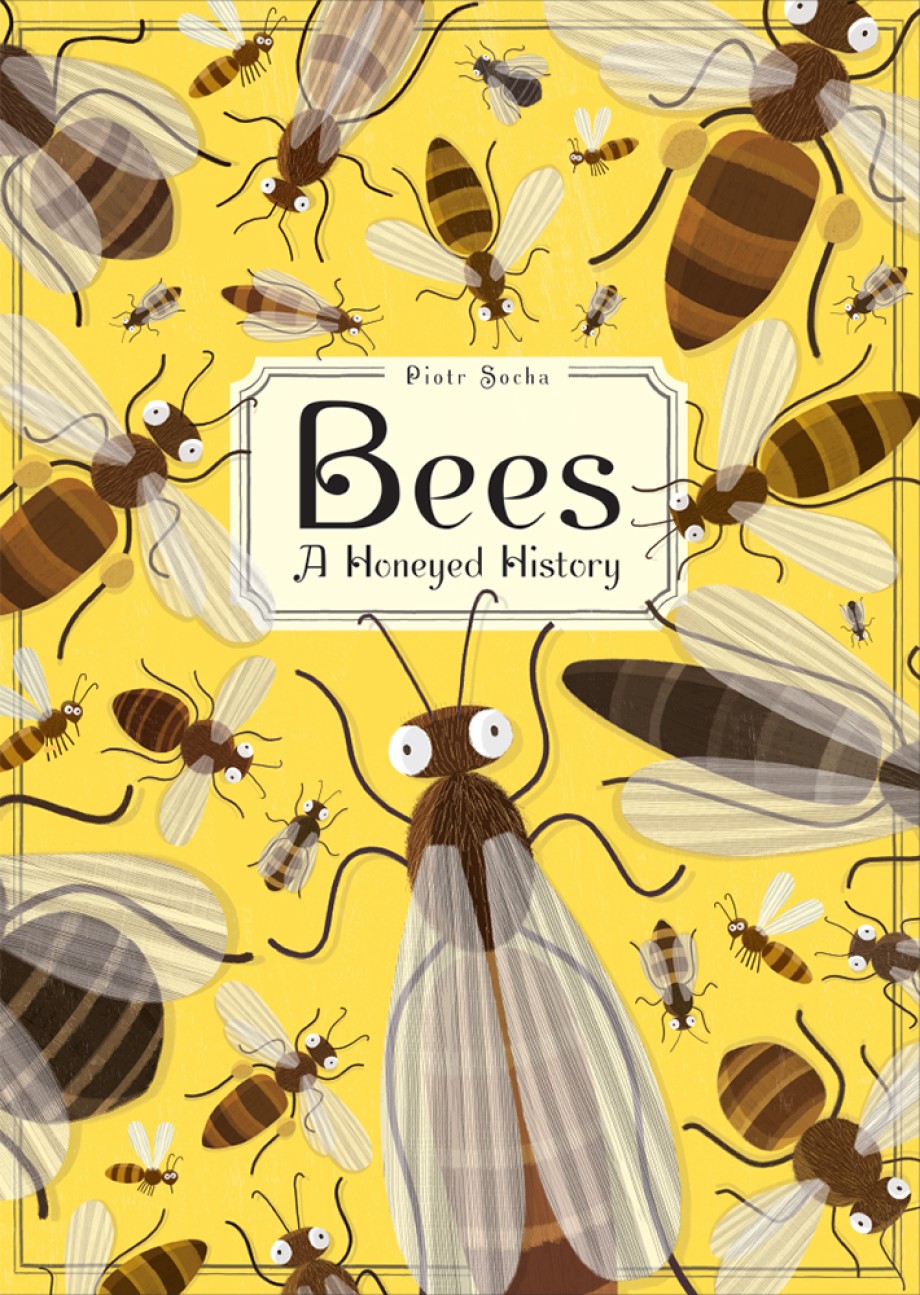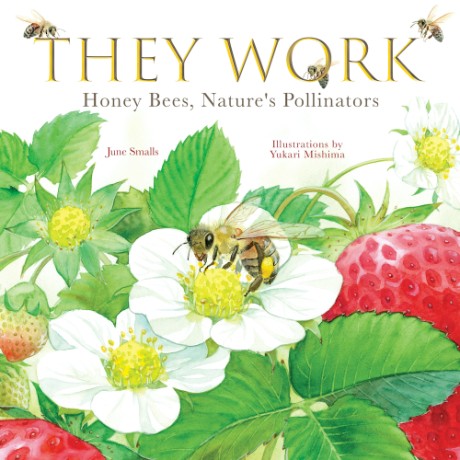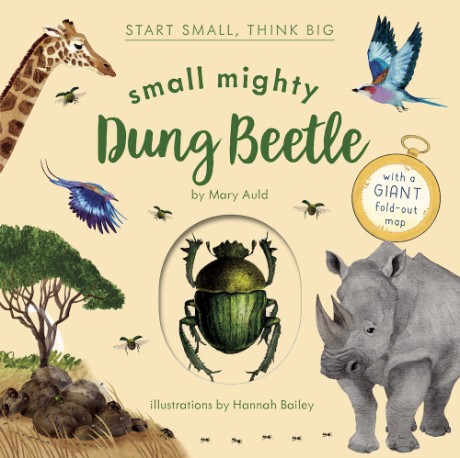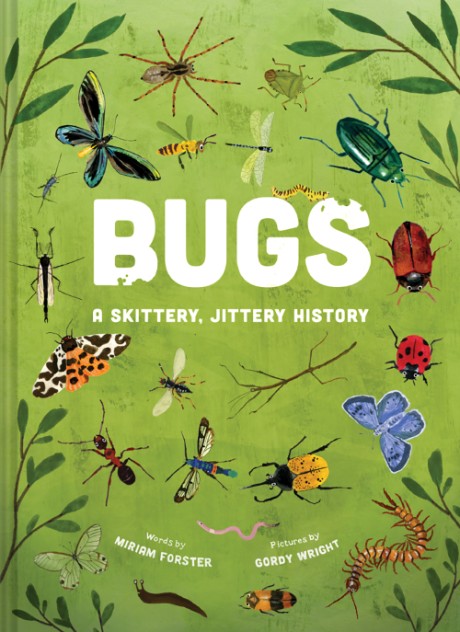One part science, one part cultural history, and countless parts fascination, Bees: A Honeyed History is a picture book that celebrates the important role that these intriguing insects have played in our ecosystem throughout the ages, and today.
“Goes beyond the scientific (anatomy, pollination, communication, etc.) to include the bee’s place in history and culture . . . Socha has created what is quite possibly the sweetest resource on honey bees around.” ―Booklist (Starred Review)
From Athena to Alexander the Great and from Egypt to Ethiopia, author Piotr Socha explores different methods of beekeeping and uncovers the debt that humans owe this vital species. His beautiful guide for children offers full-color two-page topical entries dominated by large, detailed illustrations with text running along the lower half of the pages. It covers:
- Bee bodies and behavior
- Hive building
- Social roles
- Pollinating and honey production
- The relationship between bees and prehistoric people, ancient Greeks, and Egyptians
- And many other topics
Bees are essential to the health of ecosystems around the world and are under threat from changing habitats and manmade challenges. Animal threats to bees are described here, as well as the collapse of bee colonies in the United States in recent years. There are descriptions and details of beekeeping throughout history and today.
With beautifully accessible illustrations depicting everything from bee anatomy to the essentials of honey making, readers will be captivated by the endless wonders of this seemingly small speck of the animal kingdom. For a curious child or a parent who wants to explain the contribution of bees to the world around us, this book is lively, fun, and educational.
Praise
**STARRED REVIEW**Booklist
"This book is also admirable in its scope, which goes beyond the scientific (anatomy,
pollination, communication, etc.) to include the bee’s place in history and culture...both whimsical and comprehensive; Socha has created what is quite possibly the sweetest resource on honey bees around."
—








